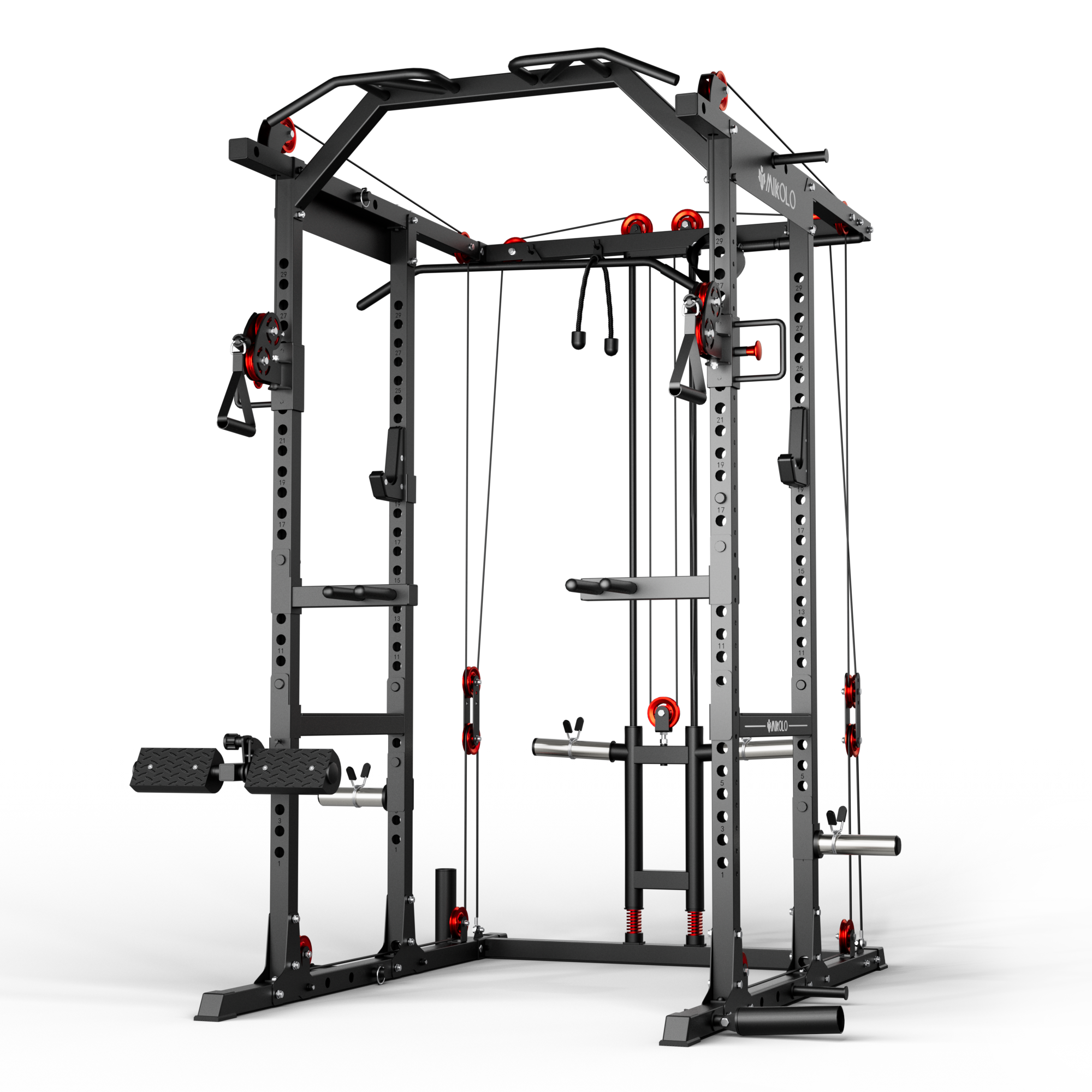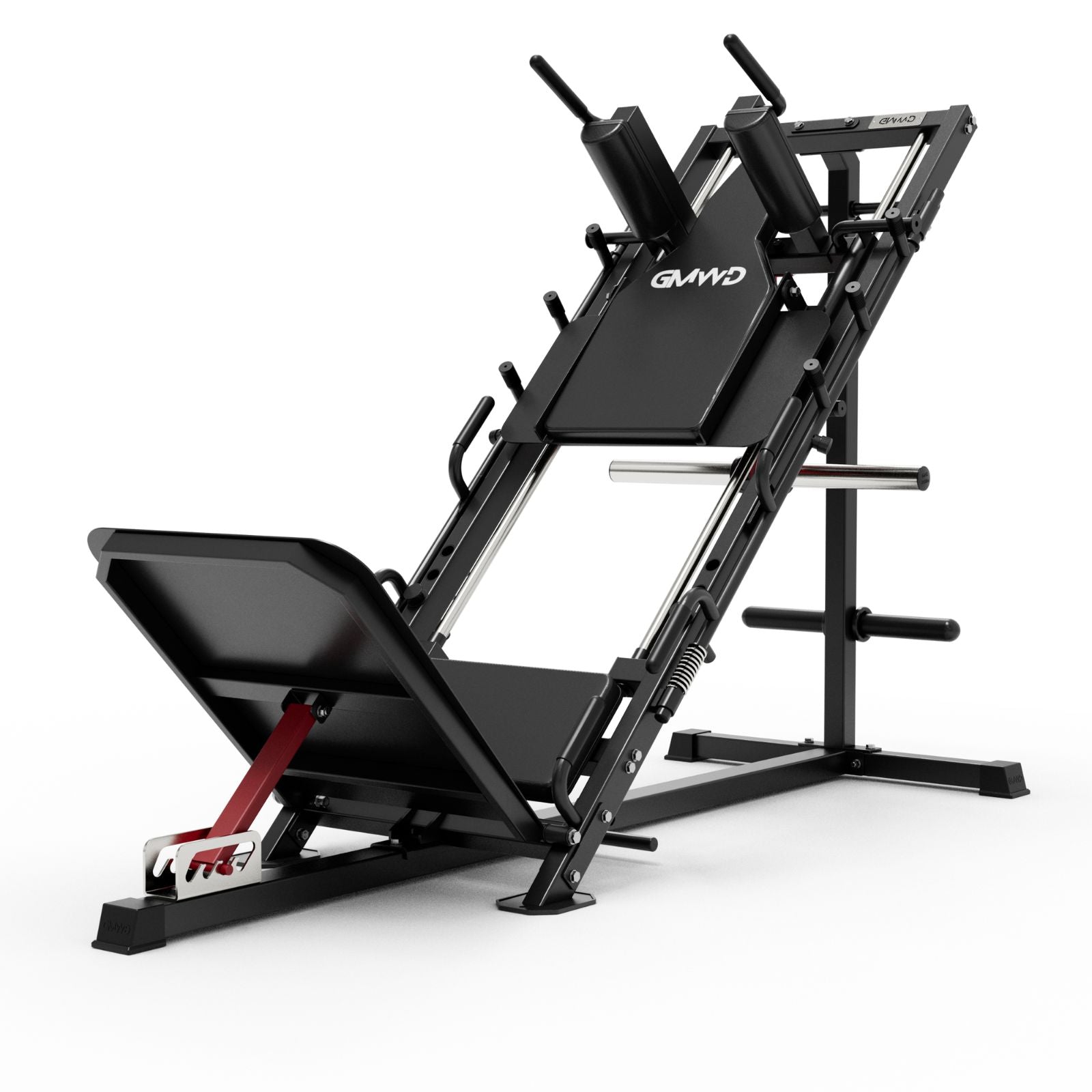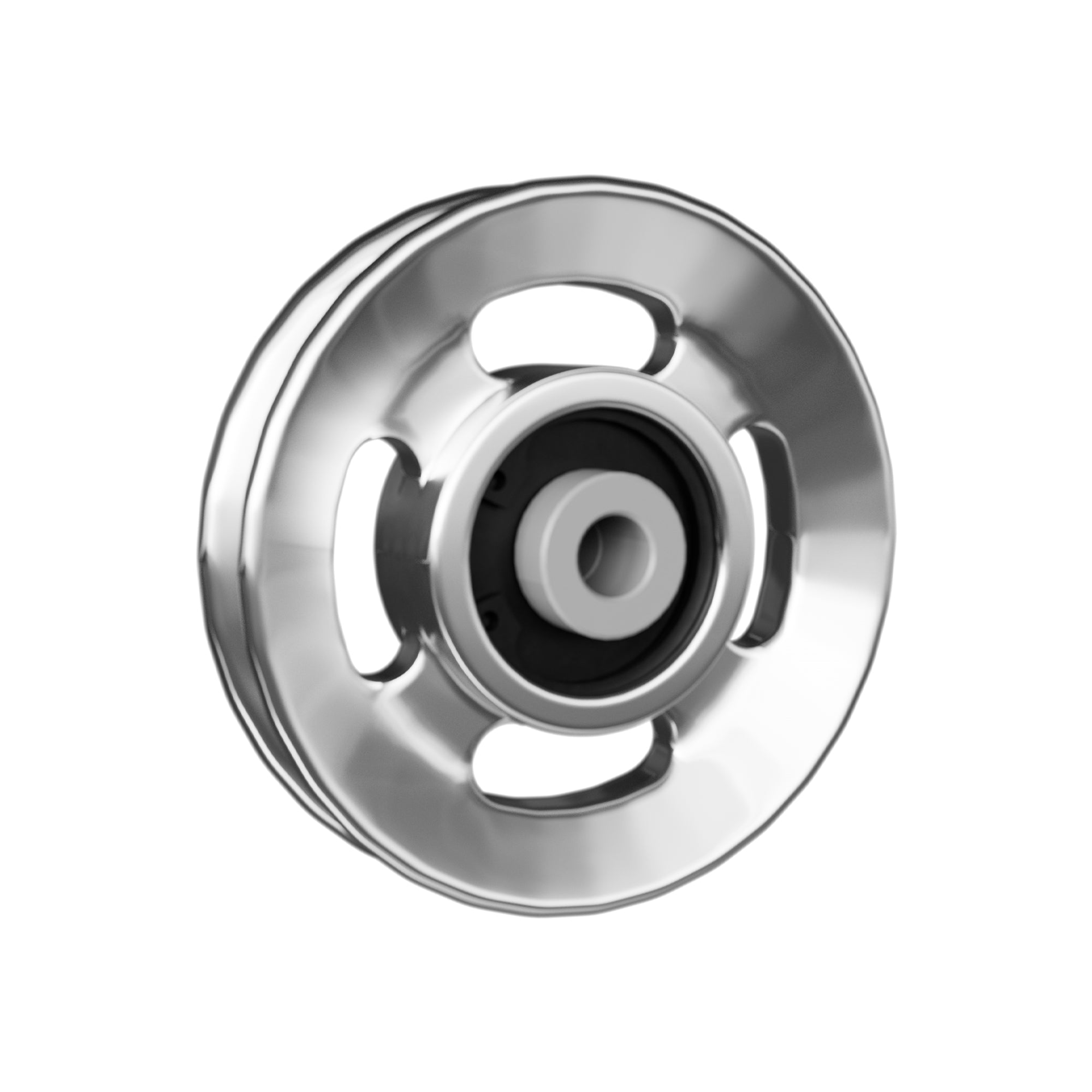When it comes to sculpting a well-defined upper chest, few exercises rival the incline bench press. But one of the most common questions among lifters—especially beginners and even seasoned gym-goers—is: How high should the incline bench be for incline press? The answer isn’t as straightforward as a single number. It’s about biomechanics, muscle engagement, and even your individual body structure.
The Ideal Incline Bench Angle: Finding the Sweet Spot
The incline bench press is designed to shift emphasis from the mid-chest (as in flat bench pressing) to the upper portion of the pectoralis major. The magic lies in the angle.
Most strength coaches recommend setting the incline between 30 to 45 degrees.
-
30 degrees: This is generally considered the most effective for isolating the upper chest while minimizing front delt involvement.
-
45 degrees: A steeper incline that recruits more of the shoulders along with the upper chest. This is still effective but can shift focus away from the pecs if your shoulder mobility or form is lacking.
Going above 45 degrees essentially turns the movement into more of a shoulder press than a chest press. While that’s not “wrong,” it defeats the purpose if your goal is upper chest development.
Bench Height vs. Bench Incline—What’s the Difference?
Some confusion comes from mixing up how high the bench should be with how inclined it should be.
-
"How high should the bench be for incline press?"
This usually refers to the angle, not the literal height off the ground. Focus on adjustable bench settings. Most commercial benches offer numbered settings—setting 2 or 3 (roughly 30–35 degrees) is a safe starting point for most lifters. -
"Where should the bench be for incline?"
If you're using a power rack or Smith machine, make sure the bench is centered under the bar, and your eyes should be just slightly under the bar when lying back. The bar should travel in a natural arc from mid-chest to above your eyes—not straight up and down.
My Experience: What Changed My Upper Chest Game
Years ago, I fell into the common trap of always setting my incline bench to the steepest possible angle, thinking "more incline = more upper chest." All I got was sore shoulders and a lot of frustration.
It wasn’t until a coach pointed out that less is more when it comes to incline that things changed. I dropped the bench to about 30 degrees, focused on a controlled tempo and full range of motion, and within weeks, I felt a massive difference—not just in muscle soreness, but in how my upper chest responded.
Sometimes, it's the subtle adjustments that make all the difference.
Final Thoughts: Let Form Lead the Way
Incline benching is a powerful tool, but only if set up properly. Aim for 30 to 45 degrees, adjust based on your own shoulder health and anatomy, and pay attention to where you feel the tension.
If you’re not feeling it in your chest, don’t just lift heavier—tweak your setup. Because in the end, how inclined should the bench be for incline press? comes down to what keeps your form tight, your shoulders safe, and your chest fully engaged.













































Leave a comment
This site is protected by hCaptcha and the hCaptcha Privacy Policy and Terms of Service apply.